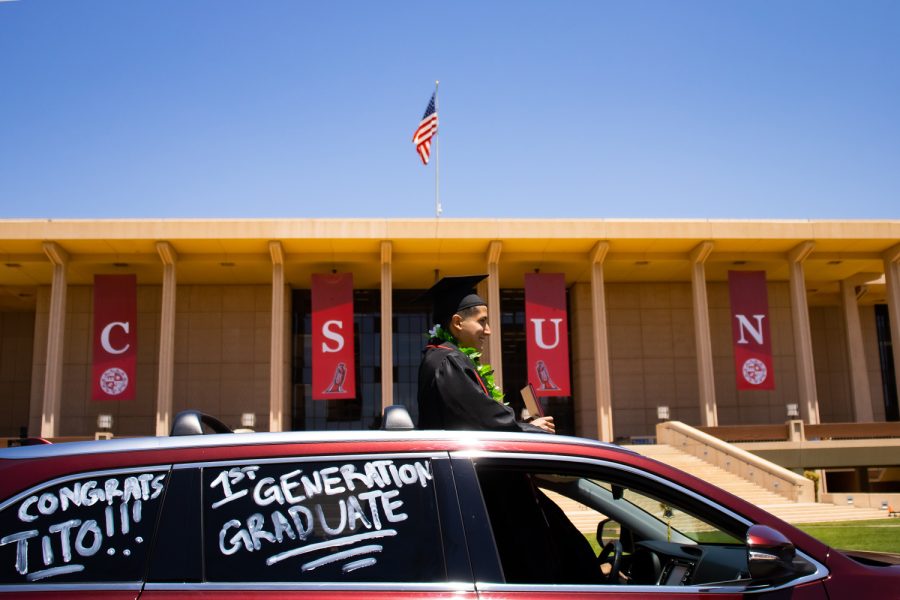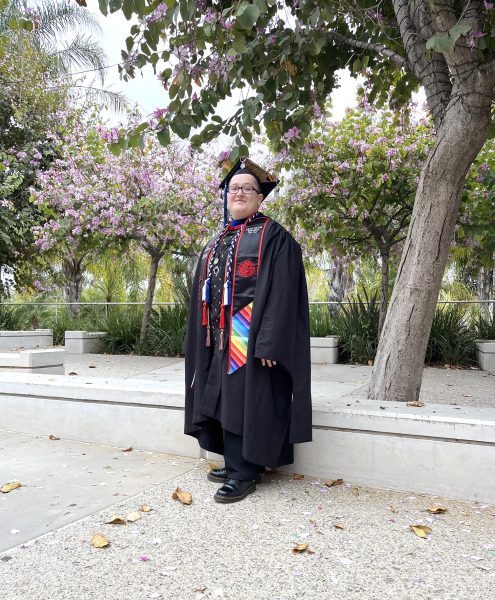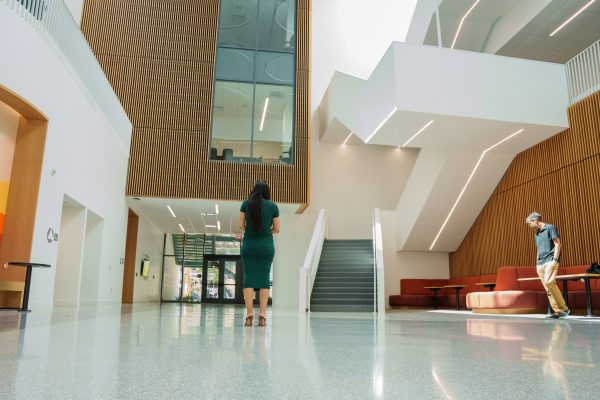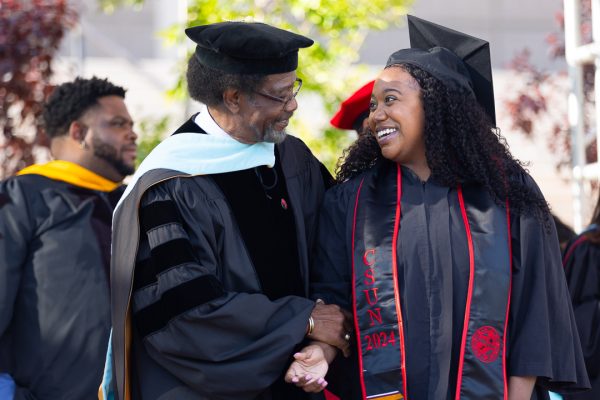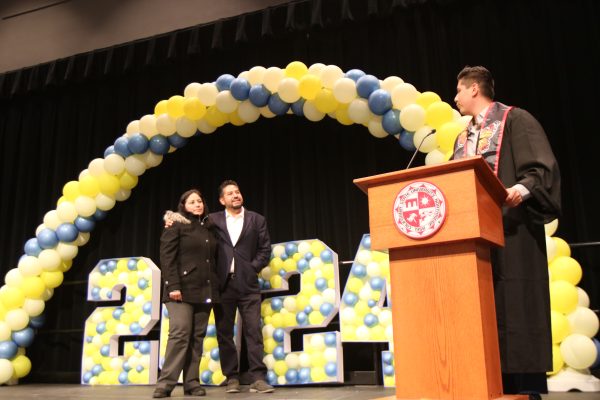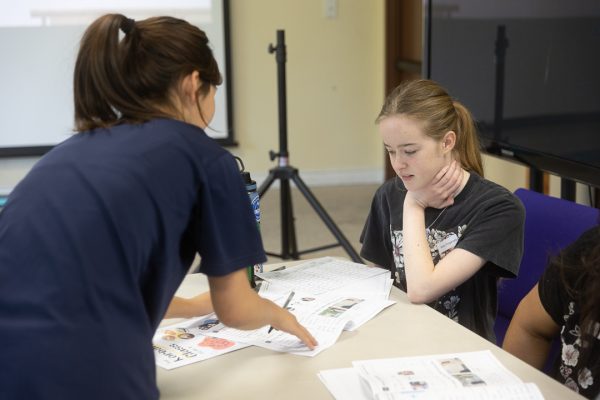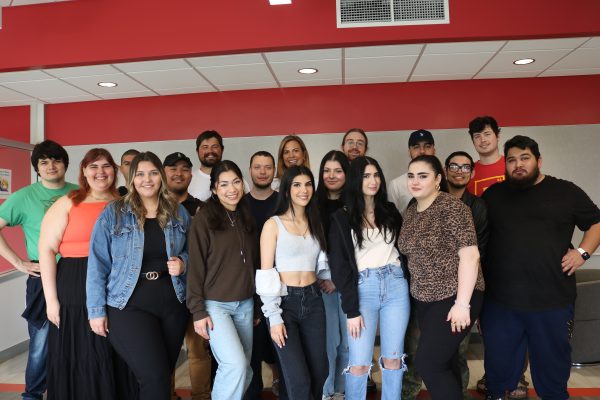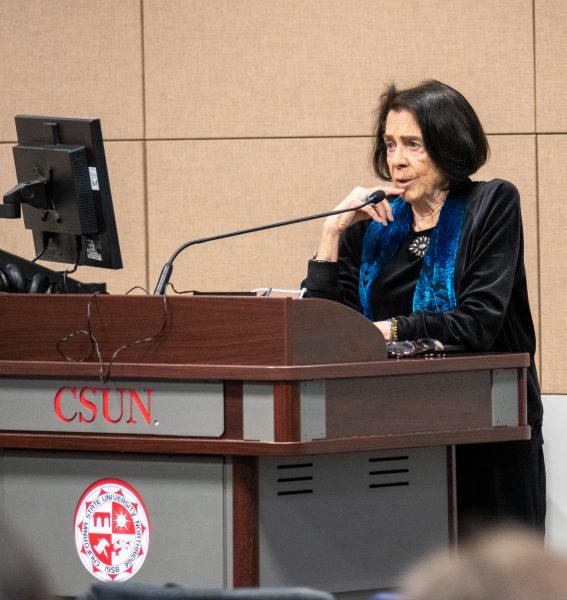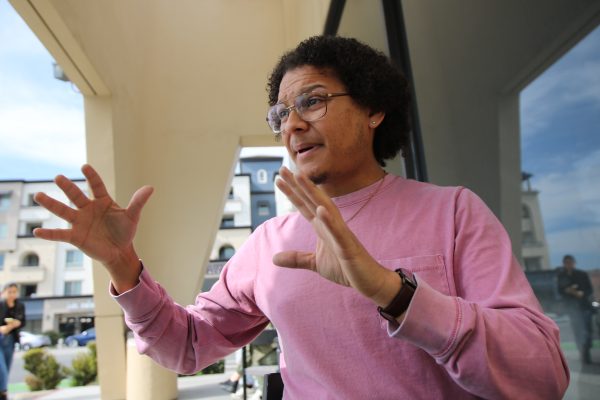CSUN is a Hispanic-serving institution. Here’s why it’s important.
October 27, 2021
As enrollment numbers for Latino students rise, the number of Hispanic-Serving Institutions increases across the nation.
In California, 21 out of 23 California State University campuses are considered Hispanic-serving institutions. HSIs are colleges or universities whose student body is composed of 25% or more Hispanic full-time students, and have been certified by the U.S. Department of Education. These institutions aim to provide its students with educational and financial resources, inclusivity and campus engagement in order to advance student success.
CSUN is the largest Hispanic-serving institution in the CSU system. Like other HSIs across the nation, the university is making the effort to cultivate the growth of its expanding Latino student population.
The U.S Department of Education recognizes over 500 campuses as HSIs, with California being home to 176 of them. In order to be recognized as an HSI and receive federal funding, a university must first apply with the U.S. Department of Education.
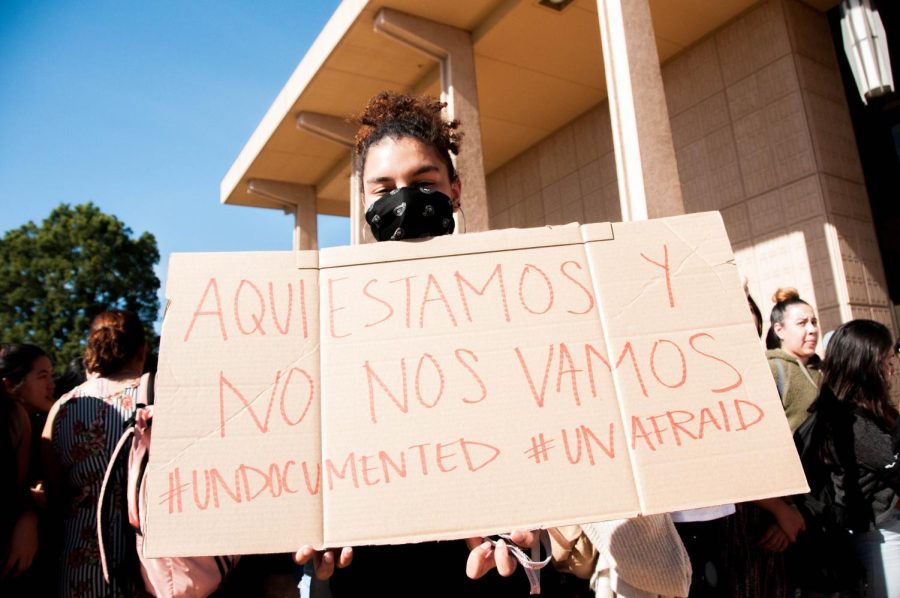
HSIs are similar to historically Black colleges and universities, because these institutions are known for enrolling minority students who have often been underserved at predominantly white institutions. However, HSIs were born out of the need to accommodate the rapid increase of Latino populations to improve their access to college and their economic opportunities.
Latino students make up about 54% of CSUN’s total student body. The Latino population continues to grow in the U.S. and is currently the second largest racial ethnic minority, according to U.S. Census data — making up 18.7% of the population.
“To be considered a Hispanic-serving institution is an amazing classification for CSUN,” said Amanda M. Quintero, special assistant to the president for inclusive excellence at CSUN. “But the real work lies with being intentional in efforts to uplift our Latinx students and trying to achieve social equity and justice within our school system.”
Graduation rates are also high at CSUN, making it second in the nation for awarding bachelor’s degrees to Latino students, and positioning itself as a role model for HSIs across the country, Quintero said.
“We push out prepared students,” Chief Diversity Officer Natalie Mason-Kinsey said. “[Other universities] look at us and go, we have a blueprint.”

CSUN is also ranked fourth in the nation in advancing both the social and economic mobility of Latino students. The completion of a college degree increases an individual’s chance at making a greater income, according to Quintero. Latino students earned more than 44,000 degrees and 62% of the total number of CSU bachelor’s degrees for the 2019-2020 academic school year, according to the U.S Department of Education.
CSUN President Erika D. Beck recently announced the development of the Global HSI Equity Innovation Hub at CSUN, which aims to increase student success for underserved students who wish to enter careers in science, technology, engineering and mathematics, also known as STEM.
California Gov. Gavin Newsom, the California State University system and Apple joined forces to develop the hub. The hub will focus on aiding students in pursuing and acquiring skills for careers in the STEM field, in order to increase equity and success for Latino students in the STEM field.
“Having an HSI Hub center on campus will create the opportunity for everyone to see how to serve the students while dealing with social inequity through a diverse lens,” Quintero said. “We’ll have the opportunity to impact students at over 536 institutions.”
The hub is expected to launch in 2024 and will be open to students in the CSU system, as well as other Hispanic-serving institutions.
CSUN is in the process of collaborating with different Latino-serving organizations on campus, such as the Dream Center and M.E.Ch.A, in an effort to improve connectivity between the school and organizations.
Mason-Kinsey said that in order to bridge the gap between the university, campus clubs, organizations and students, there will need to be more conversations. She said that Freddy Sánchez, the associate director of Programs and Inclusion, and a few others within the university are currently in the process of making this a reality.
“There is so much being offered from our Latino students,” Quintero said. “We will not succeed if we do not continue to find ways to support the talent and creativity in the Latinx and other ethnic communities.”
